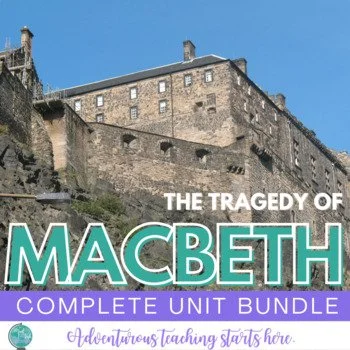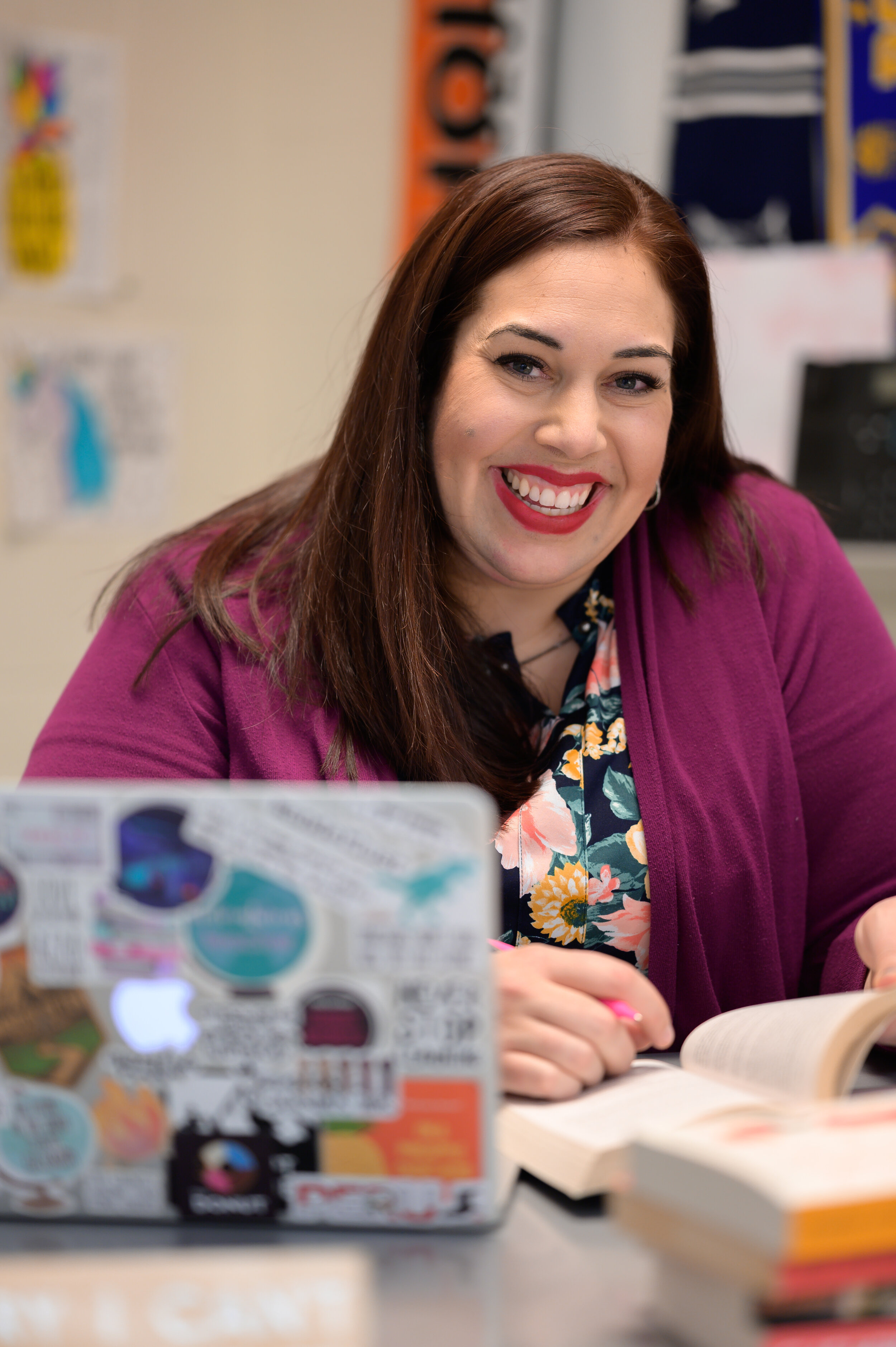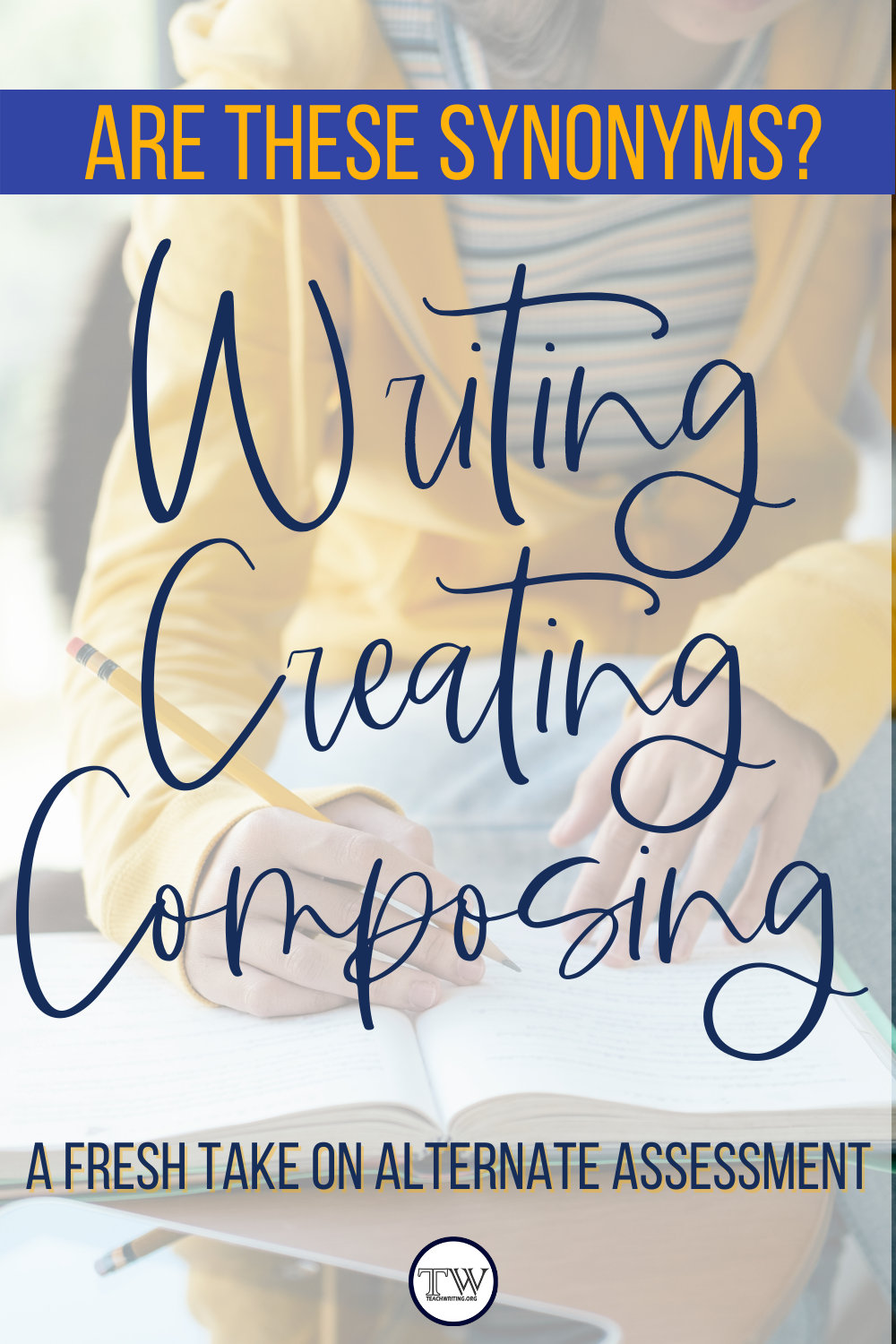Creating, Composing, and Writing: Are these synonyms in the ELA classroom?
When it comes to alternate forms of writing assignments, there are a handful of skeptics. Is assigning something other than writing still an effective way to grow writing skills? The easy answer that we all want to reach for is, “Yes! Of course!”, but rarely do we take the time to break down exactly which skills are naturally transferable and which need a bit more explicit instruction for students. Also, we must be careful in our rubric language and how we assess alternate forms of assessment. Simply deciding that we don’t have enough time to grade an essay and swapping that out with a one-pager is a teaching decision that we must evaluate from several angles.
Let’s look at the ways in which writing skills and other types of composition and creation based assessments and activities overlap. Then, we can design thoughtful rubrics that focus on the skills each form of assessment showcases from students:
Intentional Decisions:
When composing an image, one-pager, essay, or even a short film, the writer is making intentional decisions. The biggest decision that these mediums have in common is that of structure. How will something be put together? How will it be organized? If we’re going to step away from traditional essay writing to think about the expression of thought through other mediums, organization and structure are a powerful way to bridge those two things.
In an essay, I usually tell students how to structure their body paragraphs (it’s a support they need to help them be effective in their communication). But in a video or visual composition, we can step back a bit and ask students to create something and select their own purposeful structure in order to accomplish the task at hand.
Some questions to ask:
After reading this passage from The Great Gatsby, how would you recreate the tone of the passage using only color, water, and a bottle? Try this makerspace activity to see students compose a replica of a passage’s tone.
Tell me the 15 second story of your life (here’s a free lesson!). Then reflect:
What music did you select to run in the background? How would you label the tone? Why this choice?
What kinds of photos and videos did you select? What is the story that they tell the way you’ve arranged them?
Look at these three TikToks that went viral. How are they structured? How did the videographer put together the images, ideas, and text? What do these three have in common in the way they are composed? Does a particular composition lead to viral or highly popular viewing on a video or is it all completely random?
Compose a cento poem. Cento poems are also described as “patchwork poems”. The gist is that students locate text from a variety of sources (across a whole novel, across song lyrics, etc) and challenge them to compose a new poem from words that are not their own. Have students reflect on the way that they put the poem together structurally.
Metaphorical Thinking:
In creative writing especially, students practice writing with the same tools that the authors they study use in their own work. From metaphor to nailing down a specific tone, student writing is enhanced by the writer’s craft tools that we teach. This transfers directly into other forms of composition, too.
Ideas to try:
During your back to school activity lineup, have students create a metaphor for their lives. “My life is a ________” can be the prompt and students can elaborate from there. Use this as one of your back to school station activities for a quick win!
On page one of Ray Bradbury’s novel Fahrenheit 451, the author uses repeated personification and color imagery to describe the protagonist. Recreate what he’s written, but this time, you will compose a 15 second short film using music and NO words. Select images that will communicate the same metaphors as Bradbury’s words.
Create a map of the characters we’ve met so far in the story. Instead of explaining their relationship in words, connect them together with lines that indicate the kind of relationship they have (solid line, dashed line, thick line, thin line, broken line etc.) and add one symbol between them that further represents their relationship.
Evidence Based Connections:
One of the cornerstone skills that we’re always working on in writing is utilizing text-based evidence. Many different forms of composition and creation can be used to evaluate and give practice for students in both finding best evidence and then using it to defend a claim.
My favorite alternate activities for practicing text evidence:
One-pagers. They’re so natural to me now, and having students find evidence to back each of their decisions on the page is a seamless transition from writing to creating.
Body Biographies (sometiems called Character Autopsies). I use this to assess student understanding of character complexity at the end of reading Legend, but it could work for any other character study that you have ahead of you.
Create a living tableaux. A living tableaux is another way for saying a living portrait. Students create a freeze frame of a moment in their reading, then, using evidence from the text they defend the decisions they made in the composition of their image.
Interpretation:
The performance or staging of the written word is a powerful way to see students thinking out loud. When students create or compose a performance they’re doing the work of interpretation. This skill is tricky in writing: how often have you seen students nail their text evidence selection, but completely lose it when they’re trying to explain the how or the why? Here is one of my favorite interpretation exercises that helps boost writing skills down the line in response to exactly this issue.
This is what I do with students while reading Macbeth:
When we arrive at the famous dagger hallucination scene, we practice all of the things we normally do with close reading (I have a lot of things to help you with this, too!)
Then, we play a game. Students are put into small groups and each issued a tone card. Each card is different so each group will have a different challenge.
Students are challenged to work together to apply the tone they’ve been given to the dagger speech.
Naturally, this activity is hilarious, because the tone words I give them are ridiculous. This makes for a great opportunity to reflect on how and why these tone words don’t work and opens up a discussion for what words would be better and why.
SPOTLIGHT RESOURCE:
If you’re ready to start tackling writing assessments with an alternate attack, you’d love the things I’ve designed to be part of my Macbeth unit. Check it out here!
ABOUT THE AUTHOR
Amanda is the author of Mud and Ink Teaching and a collaborative blogger on Teachwriting.org.
A high school English teacher of every level from ESL to AP Language, Amanda has made it her life’s work to encourage students and teachers to join her on an adventurous teaching and learning journey. Amanda is a full-time teacher author after spending thirteen years in the classroom. She writes curriculum for the high school level, coaches teachers 1:1, and travels with her family whenever possible. Amanda’s obsessed with poetry, argumentation, and showing students the power of taking chances in their writing. She is also the co-host of the podcast Brave New Teaching.
Visit Amanda on Instagram, Facebook, or Twitter for English teacher inspiration and powerful community.








